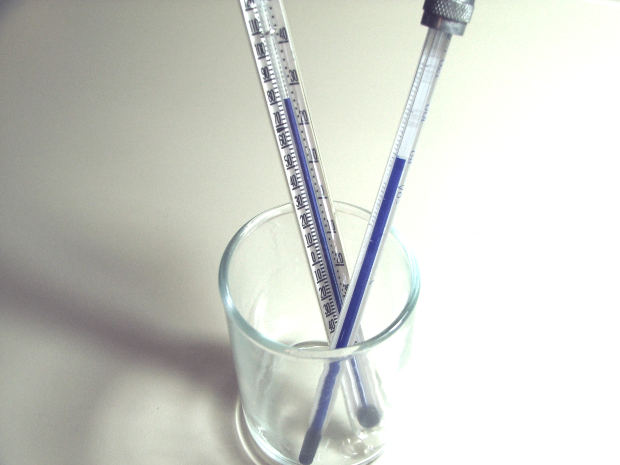What are Different Types of Fever
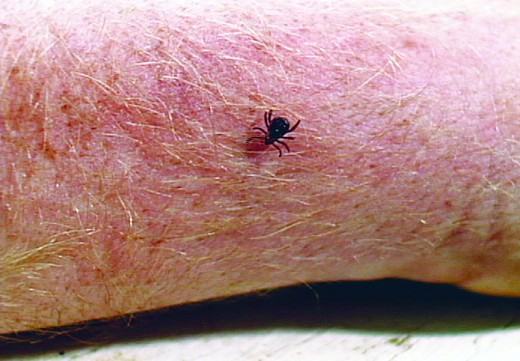
Febrile episodes are separated by intervals of normal temperature.

The temperature remains above normal throughout the day and fluctuates more than 2 degree Celsius in 24 hours. This type of fever is usually seen patients of typhoid infection and infective endocarditis. This type of fever is most common in practice.

Step ladder is the one where the temperature rises gradually to a higher level with every spike so that new plateau is higher than preceding one, just like steps of ladder.
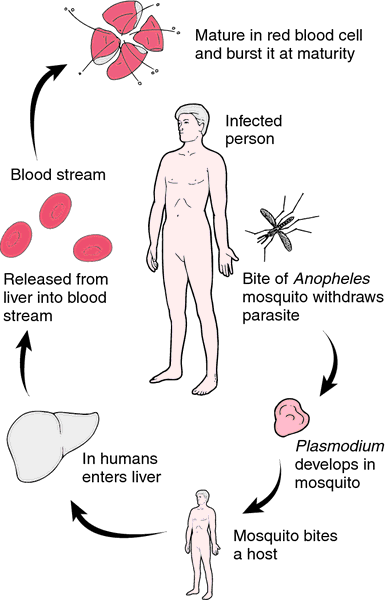
Fever occurs once in 3 days or 48 hours (malaria)

The temperature remains above normal throughout the day and does not fluctuate more than 1 degree Celsius in 24 hours. This type of fever occurs in lobar pneumonia, typhoid, urinary tract infection, infective endocarditis, brucellosis, typhus etc.

The temperature variation between peak and nadir is very large and exceeds 5 degree Celsius. This type of fever occur in septicemia.

Temperature is present daily especially in the evening for several days but does not exceed 37.8 degree Celsius at any time. Usually it does not indicate disease, but it is commonly present with tuberculosis.
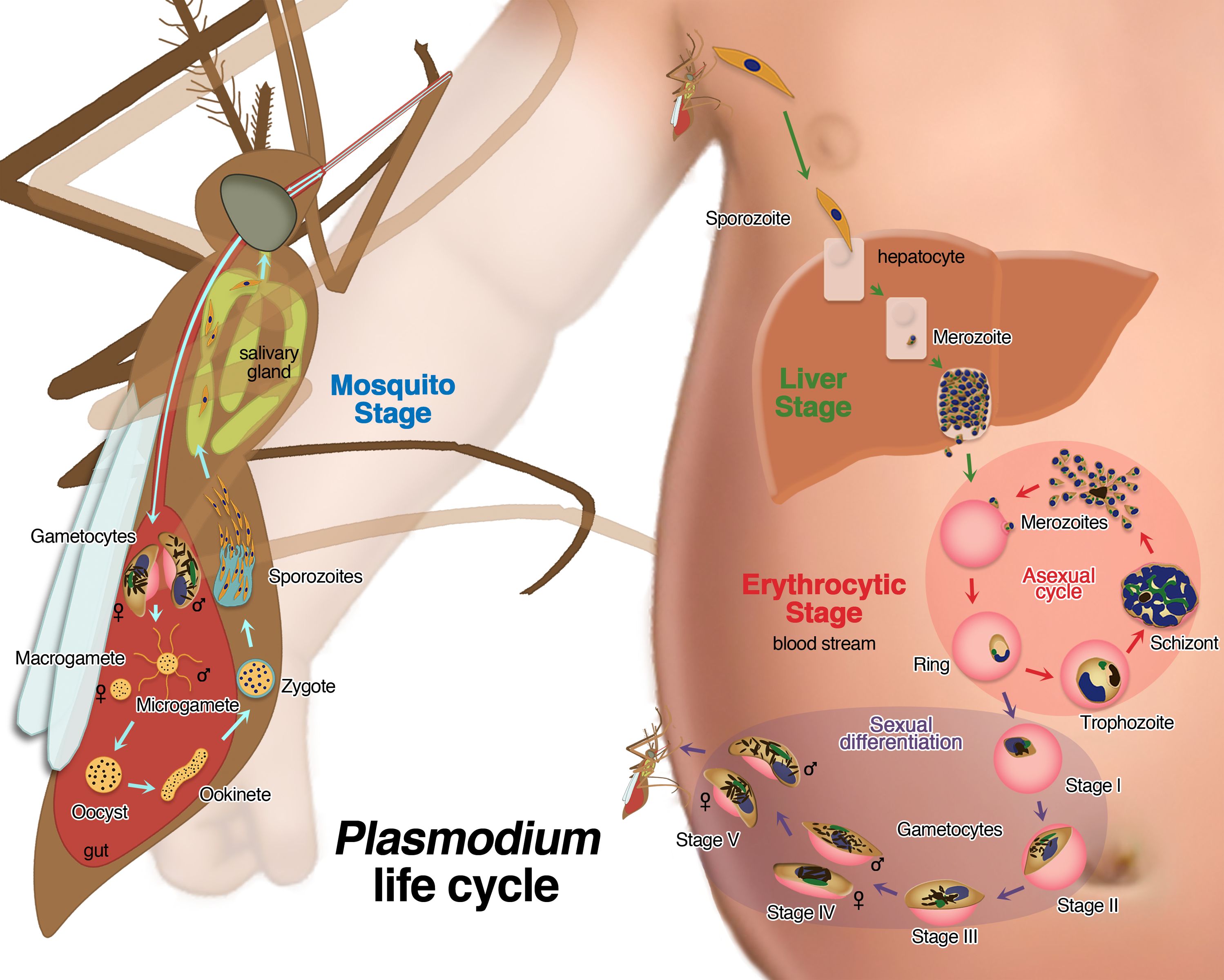
Fever occurs once in four days or 72 hours (P. malariae).
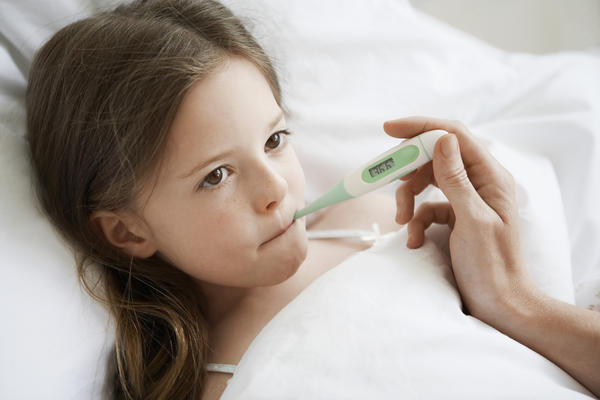
In this type, there is a regular alternation of recurrent bouts of fever and afebrile periods. The temperature may take 3 days to rise, remains high for 3 days and remits in 3 days, followed by apyrexia for 9 days.
Your Reaction?


